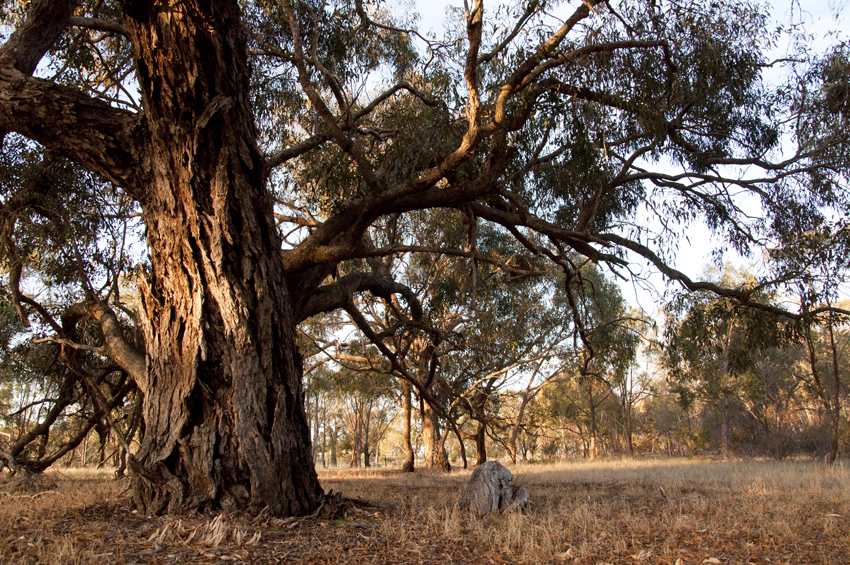Indigenous Heritage
The land surrounding Mount Alexander is Dja Dja Wurrung Country. In using the term and concept of “Country” as the name for our organisation, we hope to acknowledge and encourage the concept of stewardship for the land by all its inhabitants.
DDWCAC contact details: Phone: 03 5444 2888, Email: info@djadjawurrung.com.au, Website: http://www.djadjawurrung.com.au/
The links below are for more information on Dja Dja Wurrung culture and heritage, the DDWCAC, and the Land Use Activity Agreement (LUAA):
CLICK HERE for the DDWCAC Schedule of Rates document
CLICK HERE to download the DDWCAC booking form for cultural events
CLICK HERE to download the amended Dja Dja Wurrung Clans Aboriginal Corporation (DDWCAC) fact sheet about the LUAA. This relates to all Crown Land tenures and activities proposed on Public Land that fall within the appointed Registered Aboriginal Party and Traditional Owner Recognition & Settlement Agreement Area (Country) of the Dja Dja Wurrung Clans Aboriginal Corporation (DDWCAC). This includes the majority of public land in the Mount Alexander Shire. Possible Exclusions: Examples of areas to which the LUAA does not apply are: land where infrastructure exists, roads, public recreation facilities that are for organised sporting activities, public buildings, land vested in a municipality under section 16 of the Crown Land (Reserves) Act 1978, and Public Land Authorisations (defined in the Traditional Owner Settlement Act 2010) granted before 25 October 2013. See the LUAA for full detail on excluded areas.
CLICK HERE to visit the Nalderun website
CLICK HERE to download the North Central CMA’s “Managing Indigenous Heritage for Landcare Projects” fact sheet
CLICK HERE to download the “Kulin People of Central Victoria” fact sheet
More information about Aboriginal Cultural Heritage, including fact sheets on significant places, objects and processes are available at Aboriginal Victoria. The North Central Catchment Management Authority also works with Indigenous stakeholders across the region to ensure Aboriginal knowledge, cultural values and perspectives are incorporated into natural resource management. More information is available here.


